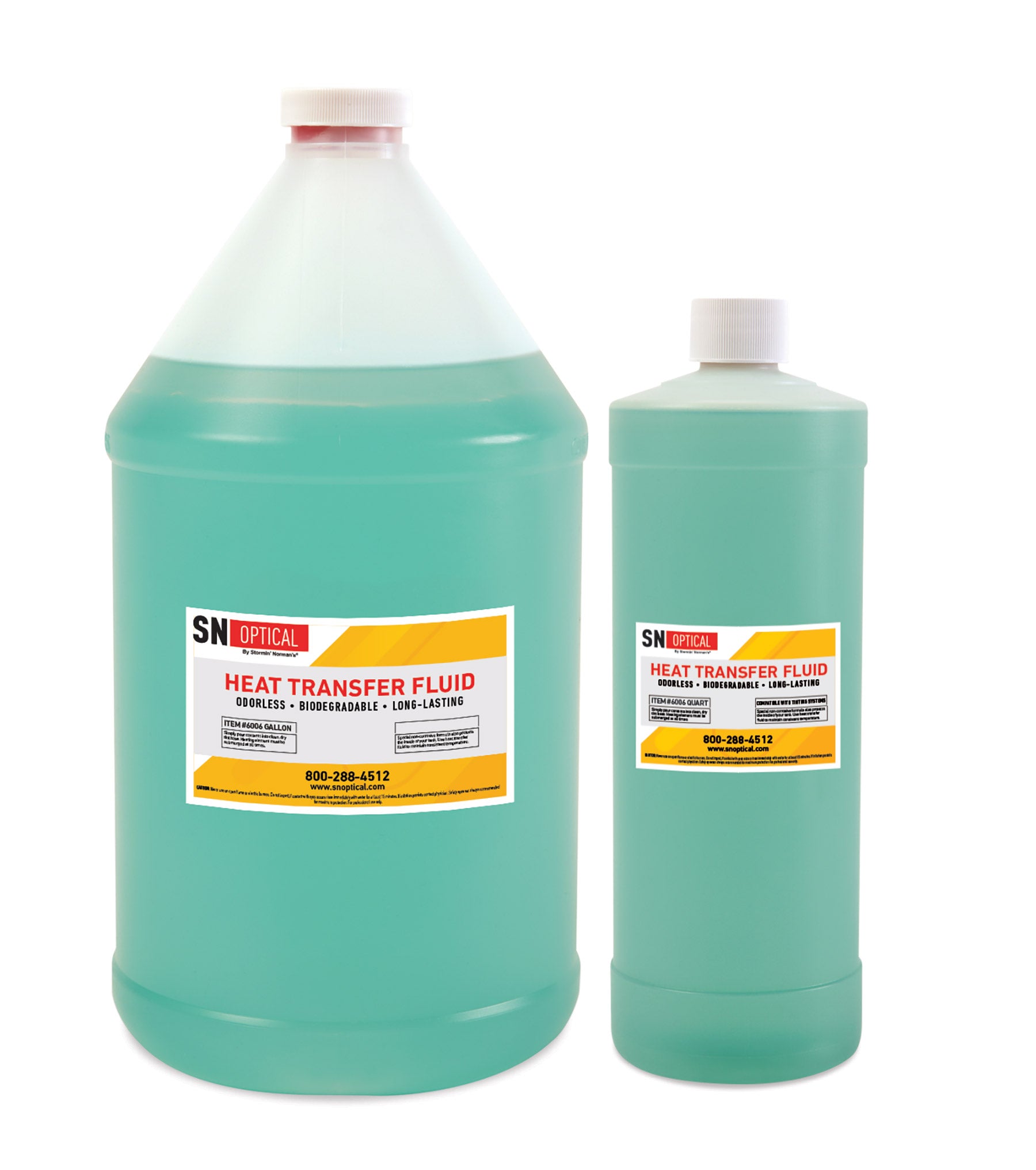Why Warm Transfer Fluid Is Necessary for Optimizing Power Transfer in Systems
The role of warm transfer fluids in maximizing power transfer is pivotal for attaining effective thermal management throughout numerous industrial markets. These liquids help with smooth warm exchange, making sure processes run within optimal temperature level arrays and alleviating the risk of getting too hot. Their choice, based on aspects like thickness and thermal stability, straight affects the effectiveness and sustainability of a system. The details of selecting the right liquid are often undervalued. What are the important factors to consider for this choice, and exactly how do they influence both economic efficiency and environmental responsibility in commercial applications?

Role in Thermal Management
Warmth transfer liquids play a crucial function in thermal administration by successfully controling temperatures in various industrial processes and systems. These specialized liquids help with the transfer of heat between various parts, guaranteeing optimal operating conditions and stopping overheating. By preserving accurate temperature control, heat transfer fluids enable sectors such as chemical manufacturing, oil and gas, and power generation to run safely and successfully.
The choice of an appropriate warmth transfer fluid relies on several aspects, consisting of thermal security, warmth capacity, and thickness. High thermal security makes certain that the fluid can endure severe temperature levels without deteriorating, while a high heat capability enables it to soak up and release considerable quantities of heat - heat transfer fluid. Reduced thickness lowers the energy needed for pumping, adding to overall system performance
In addition, warmth transfer liquids are essential in applications like refrigeration, where they assist soak up and dissipate heat during the cooling cycle. In solar thermal power systems, these fluids capture and transportation solar warm to generate electrical power or supply warm water. Their adaptability to varied operating conditions and capability to preserve constant thermal efficiency emphasize their value in industrial thermal monitoring, promoting operational continuity and enhancing precaution.

Enhancing System Efficiency
To maximize the benefits of thermal monitoring, boosting system performance with the critical usage of heat transfer liquids is critical. These fluids play an essential duty in enhancing energy transfer by helping with consistent thermal regulation, which subsequently affects the overall efficiency and longevity of systems. Effective warm transfer leads to minimized energy losses, minimized operational prices, and enhanced integrity of devices. By keeping ideal temperature level degrees, warmth transfer fluids assist make sure that systems operate within their created specifications, thus stopping overheating and lowering the risk of part failing.

Types of Warmth Transfer Fluids
The diversity of heat transfer liquids underscores their vital function in a variety of commercial applications, each customized to satisfy certain thermal monitoring requirements. These liquids facilitate effective energy transfer and are chosen based on crucial properties such as thermal security, thickness, and warm ability. The main kinds include water, glycol options, oils, and synthetics, each offering unique benefits.
Water is the most common warm transfer medium due to its high certain heat capability and reduced expense. Mineral oils are preferred for their thermal security and check this non-corrosive nature, making them suitable for high-temperature applications.

Artificial fluids, consisting of silicone and fragrant compounds, offer extraordinary thermal security and are utilized in settings requiring severe temperature level ranges. These fluids make sure superior efficiency in systems where standard fluids might fall short. The option of a warm transfer liquid is important, as it affects system efficiency, safety and security, and durability. Each type has to be picked to align with the functional needs and the particular problems of the application it serves.
Environmental and Economic Benefits
Using the appropriate heat transfer fluids provides considerable ecological and financial advantages for commercial operations. By picking liquids with remarkable thermal stability and high heat capacity, sectors can improve energy performance, bring about reduced fuel consumption and reduced greenhouse gas exhausts. This adds learn the facts here now to a smaller carbon footprint and straightens with international sustainability objectives. Eco friendly heat transfer fluids, typically eco-friendly and non-toxic, decrease the threat of soil and water contamination in case of leaks or spills, thus securing communities and following rigid environmental laws.
Economically, the ideal warmth transfer liquid can substantially reduce functional expenses. Efficient warm transfer decreases power expense, leading to lower utility bills and enhanced profitability. Moreover, fluids with extensive lifecycle performance lower the frequency of substitutes and maintenance, minimizing downtime and linked costs. Investing in top notch liquids can likewise mitigate the threat of equipment deterioration and failing, preventing pricey repair services and expanding the lifespan of critical framework. In competitive markets, these savings and performances offer an unique benefit, enabling business to assign resources better and purchase more advancement. Generally, the critical use of ideal heat transfer liquids supports lasting financial development and ecological stewardship.
Selecting the Right Fluid
How does one navigate the complex procedure of picking the ideal heat transfer fluid for industrial applications? Thermal stability ensures the fluid can stand up to high temperatures without deteriorating, while compatibility stops rust or other damaging responses with system parts.
Additionally, the fluid's warm ability and viscosity are paramount. A high warm capability enables the liquid to absorb and transfer more energy, improving performance.
Verdict
The tactical option and application of heat transfer fluids are essential to enhancing power transfer throughout different systems. By making sure high thermal security and capability, these liquids offer precise temperature control and boost general system efficiency. This optimization adds to reduced operational prices and reduced greenhouse gas emissions, therefore advertising sustainability. The choice of fluid, customized to details viscosity and operational needs, is critical for taking full advantage of efficiency and attaining economic and environmental benefits in industrial procedures.
Comments on “The Importance of Thermal Stability in Heat Transfer Fluid Selection”